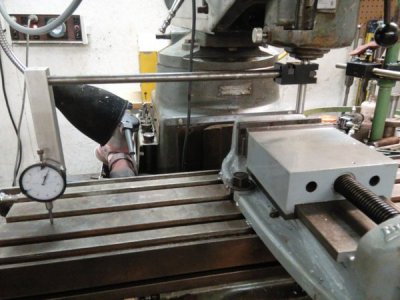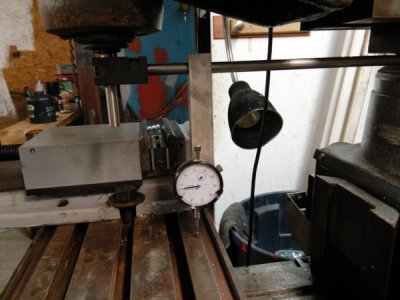- Joined
- Aug 15, 2013
- Messages
- 2,110
FWIW, the term “tram” comes from “trammel”, which has numerous definitions, one of which is:
“Any of various gauges used for aligning or adjusting machine parts.” Like the tool(s) that this thread is all about.
https://www.merriam-webster.com/dictionary/trammel
To tram something, such as a milling machine, is to align it using a trammel.
I guess it could be the age old situation of two countries separated by a common language, but that’s my story and I’m sticking to it.
We now return to our regular programming.
Tom
“Any of various gauges used for aligning or adjusting machine parts.” Like the tool(s) that this thread is all about.
https://www.merriam-webster.com/dictionary/trammel
To tram something, such as a milling machine, is to align it using a trammel.
I guess it could be the age old situation of two countries separated by a common language, but that’s my story and I’m sticking to it.
We now return to our regular programming.
Tom




